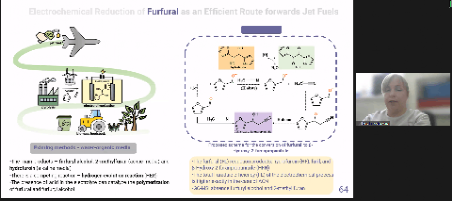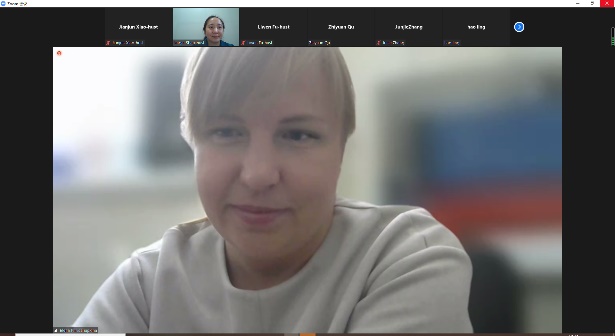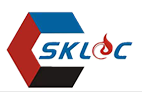On June 28th, 2022, the online lecture “HUST-ITMO Academic Serial Lecture” jointly organized by the School of Energy and Power Engineering of HUST and the Scientific and Educational Center “Chemical Engineering and Biotechnology” of ITMO was successfully held. Associate Prof. Pavel Krivoshapkin and Associate Prof. Elena Krivoshapkina of ITMO delivered lectures entitled “Nanoarchitecture: Directed Design of Hybrid Materials” and “Smart Materials and Carbon Dioxide Conversion into Value-Added Chemicals” respectively. The lectures were presided over by Associate Prof. Jing’ai Shao, the School of Energy and Power Engineering of HUST, and attracted more than 80 teachers and students from ITMO, HUST, and other domestic and foreign universities to participate online.
In the lecture, Associate Prof. Pavel Krivoshapkin first introduced the application scope of new nanomaterials, outlined the design ideas for constructing hybrid systems based on nanocellulose, and further proposed new materials based on metal oxide nanoparticles and spider silk. Finally, he analyzed the application prospect of the material in energy, medicine, and other fields.

Associate Prof. Pavel Krivoshapkin delivering a speech
Associate Prof. Elena Krivoshapkina introduced the influence of the environment on the properties of smart materials and the synthesis method of multifunctional green chemistry in detail from the aspects of smart materials and sustainable electrochemistry. She demonstrated the electrochemical reduction of furfural as an efficient route forward jet fuels. Finally, she pointed out that the electrocatalytic conversion of carbon dioxide into high-value chemicals has good research prospects, and she further introduced the design, construction, research and challenges of future smart materials, as well as future development trends.

Associate Prof. Elena Krivoshapkin delivering a speech
In the Q & A session, participants had a discussion with Associate Prof. Pavel on the possibility, application prospect, and cost of compounding traditional biomass fiber raw materials with inorganic metals. As for possibilities and application prospects, Associate Prof. Pavel suggested that traditional biomass fiber raw materials and spider silk have similarities in structure and composition, and new materials that are compounded with inorganic metal oxides are also worth exploring. Participants also discussed with Associate Prof. Elena the characteristics of nanocrystalline cellulose used in biomedical materials and the prospect of electrocatalytic conversion of carbon dioxide into high-value chemicals.


Q & A session
At the end of the lecture, Associate Prof. Shao pointed out that in the context of China’s dual carbon goals, it was vital to explore the structure and application of new materials and carbon dioxide conversion. This lecture has promoted students’ understanding of nanobioarchitectonics and has improved the development of new energy, new materials, and energy conservation and emission reduction in our school.
This lecture has broadened the participants’ international outlook and laid a solid foundation for promoting cooperation between the two universities.




